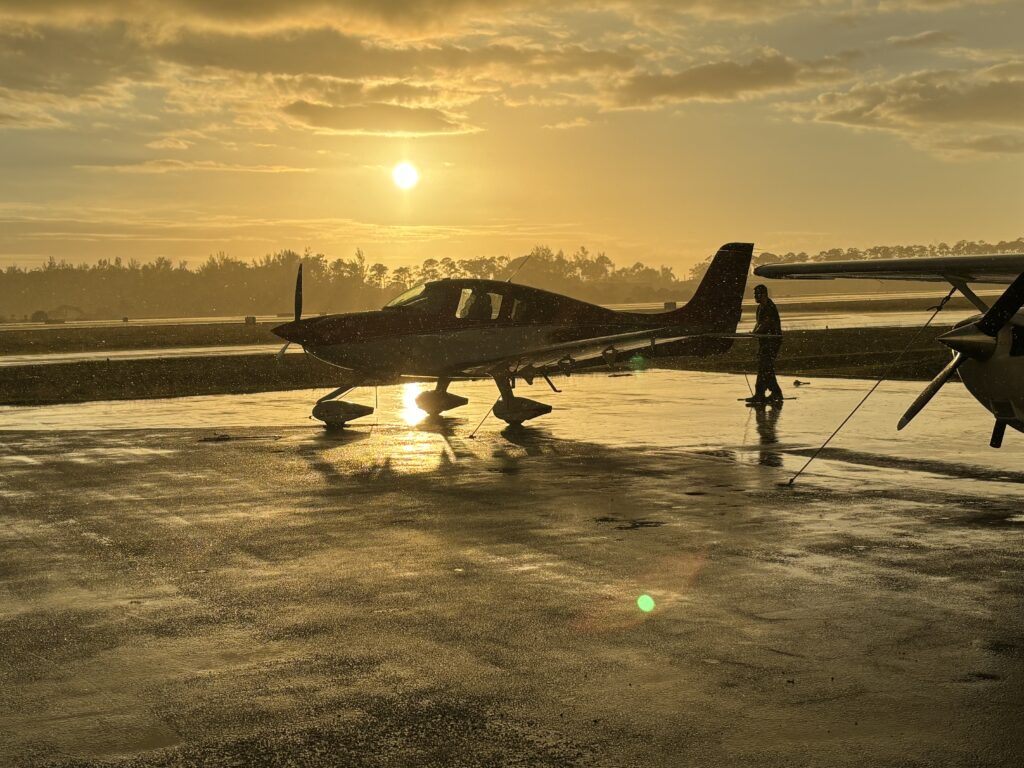What is a Private Pilot Certificate?
Learning to fly begins with earning your Private Pilot Certificate (PPL) – often still called a Private Pilot License. This fundamental certification is your entry point into both professional and recreational aviation, granting you the freedom to fly for personal reasons. While it doesn’t allow you to fly for compensation or hire, the Private Pilot Certificate is an incredibly versatile tool, unlocking a world of aerial adventures.

What are the qualifications to become a private pilot?
The basic requirements are that you must be 17 years or older and be able to read and speak English. Beyond that, you’ll undergo a specified amount of training, preparing you for the two essential tests required for your certificate.
1. The Private Pilot Knowledge Test
This first test verifies that you have mastered the foundational information necessary to fly safely. It covers vital topics such as aerodynamics, weather patterns, aviation regulations, airspace, and aircraft systems. The test consists of 60 multiple-choice questions and is typically prepared for by self-study using a ground school study course, such as MzeroA or Pilot Institute.
2. The Private Pilot Practical Test (The Checkride)
Once you’ve passed your Knowledge Test and completed the necessary flight training, demonstrating proficiency in all required maneuvers, you’ll sit down with an examiner for your Practical Test, commonly known as a “checkride.”
While the Knowledge Test assesses what you know, the Practical Test verifies what you can do. You’ll demonstrate your ability to operate an aircraft responsibly and safely. The checkride is largely scenario-based: the examiner will assign you a route to plan, question your decisions, and assess how you apply your flying knowledge in real-world situations. After a satisfactory ground portion, you’ll embark on an hour or two of flight to showcase your piloting skills. Pass this, and you’ll receive a temporary pilot certificate on the spot, with your permanent one arriving by mail.
What Can You Do With Your Private Pilot Certificate?
The uses of a private pilot certificate are many. You can fly almost anywhere in almost any airplane. Heavy, multi-engine, complex, and other aircraft will require additional training, but that’s usually simple compared to what you have already accomplished. Many pilots spend a lifetime flying with nothing more than a Private Pilot Certificate. However, many others find they love the training and challenge so much that they pursue more ratings, airplanes, and experiences.
Wherever your Private Pilot Certificate takes you, it will be to a larger, richer, more rewarding life.
Recent posts
- Florida Flight Schools and Pilot TrainingJun 6, 2025
- Rexair Learn to Fly NightFeb 9, 2024
- 360 Degree Flight Training: What is It?Jan 12, 2024
- Florida Flight Training: It’s All About the WeatherJan 12, 2024
- Flight Training After High SchoolJan 12, 2024
